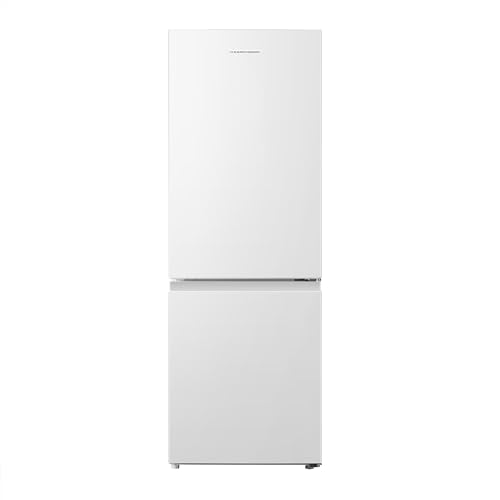Dimensions of a Standard Refrigerator
When it comes to purchasing a refrigerator, one of the most important factors to consider is its size. The dimensions of a refrigerator can vary depending on the model and brand, but there are some standard measurements that can help you determine if a particular refrigerator will fit your space. In this article, we will discuss the average dimensions of a standard refrigerator and provide some tips on how to measure your space to ensure a proper fit.
Height
The height of a standard refrigerator typically falls between 65 and 70 inches. This measurement includes the height of the refrigerator body and may or may not include the height of the hinges or any additional height required for ventilation. It’s important to note that the height can vary depending on the type of refrigerator you are looking at. For example, a side-by-side refrigerator may be taller than a top or bottom freezer model.
Width
The width of a standard refrigerator is usually between 28 and 36 inches. This measurement refers to the width of the refrigerator body and does not include the width of the doors or handles. Keep in mind that the width may also vary based on the style of refrigerator you choose. For example, a French door refrigerator will typically be wider than a traditional top or bottom freezer model.
Depth
The depth of a standard refrigerator is typically around 30 to 35 inches. This measurement includes the depth of the refrigerator body and may or may not include the depth of the doors and handles. It’s important to consider the depth of the refrigerator when determining if it will fit in your space. You will need to leave enough space behind the refrigerator for proper ventilation and easy access to the back for maintenance and cleaning.
Capacity
In addition to the dimensions, it is also important to consider the capacity of a refrigerator. The capacity refers to the amount of usable storage space inside the refrigerator. This can vary greatly depending on the style and configuration of the refrigerator. For example, a side-by-side refrigerator will typically have a smaller capacity compared to a French door or top freezer model. It’s important to consider your storage needs when choosing a refrigerator with the right capacity for your household.
Tips for Measuring Your Space
Before purchasing a new refrigerator, it’s essential to accurately measure your available space to ensure a proper fit. Here are some tips for measuring your space:
- Measure the height, width, and depth of the space where you plan to install the refrigerator. Be sure to measure the height from the floor to any overhead cabinets or countertops.
- Take into account any obstacles such as walls, light fixtures, or other appliances that may affect the placement of the refrigerator.
- Consider the space needed for the doors to open fully without hitting any nearby walls or furniture.
- Leave enough space behind the refrigerator for proper ventilation. Most manufacturers recommend leaving at least 1 inch of clearance on the sides and back of the refrigerator for optimal performance.
- Consider the swing of the refrigerator doors. Make sure there is enough room for the doors to swing open without obstructing walkways or other appliances.
By following these tips and considering the standard dimensions of a refrigerator, you can ensure that the refrigerator you choose will fit perfectly in your space and meet your storage needs.




![COMFEE' RCD93WH1(E) A Under Counter Fridge, 93L Fridge with Cooler Box, Interior Light, Removable Glass Shelf, Reversible Door Hinge, Adjustable Legs, White [Energy Class F]](https://m.media-amazon.com/images/I/51SGR0VK5ZL.jpg)

